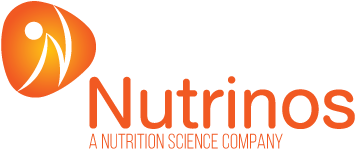How Much Milk, Yoghurt and Cheese Can I Eat?

This food group is a good source of calcium, protein and some carbohydrate. Calcium is important for bone health.
Milk is one of our staple foods, and it can be found in most fridges around the country. Drink it straight, add it to cereal, mix it into a smoothie, or use it for baking… but do your heart a favor by choosing reduced-fat varieties or use smaller amounts of higher fat dairy products.
Yoghurts and milk drinks are often sweetened. Choose unsweetened varieties to limit your intake of added sugar.
Switching to a lower fat milk won’t cost your wallet anything, but it could save your heart a lot.
- Light blue milk has a teaspoon less fat per glass than regular milk
- A glass of dark blue top milk has 8.8 grams of fat; 5.4 grams of which is saturated. That’s one-third of the saturated fat most people should be having in a whole day
- If you switch from dark blue to light blue milk, you’ll save yourself a teaspoon of fat in every glass. Plus, it won’t take long before you start to prefer the taste
- If you drink a glass of milk a day, swapping from dark blue to green or yellow top milk saves you 2.8kg of fat in a year
Source: www.heartfoundation.org.nz/wellbeing/healthy-eating/eating-for-a-healthy-heart
